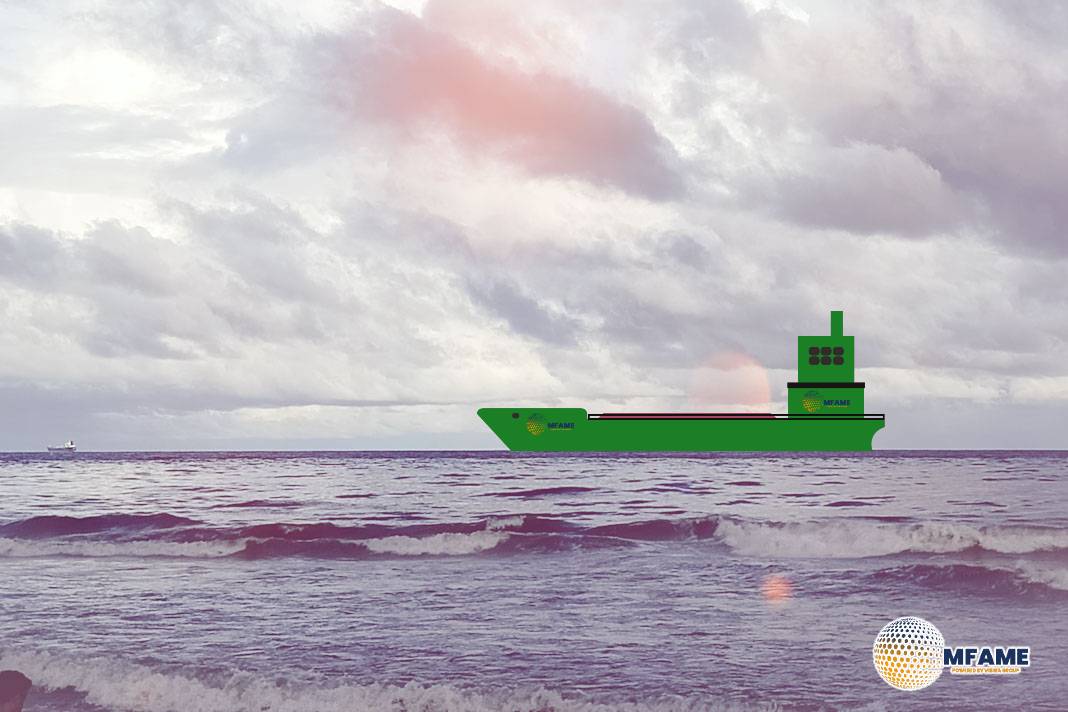Following a strong surge in rates last week that peaked in the mid-WS 70s for Middle East Gulf (MEG) to East voyages, the current week has begun with considerably less activity. The market appears quiet on the surface over the past couple of days, with charterers seemingly adopting a cautious approach, reports Fearnleys.
VLCC
The current sentiment in the market appears to be delicately poised. If today’s trading activity remains as uneventful as it seems, there’s a possibility that the balance of power could start to shift back towards charterers. However, this could also be a deceptive calm. If, as the lack of reported fixtures suggests, the second decade of the month is indeed largely “untouched” by activity, any subsequent correction in rates could trigger a rush of charterers entering the market simultaneously, potentially driving rates back up again.
In essence, the market is currently engaged in a psychological game. It remains to be seen whether owners will hold firm on their rate expectations due to limited prompt tonnage or if charterers will manage to exert downward pressure due to perceived sufficient vessel availability further out. The next move will likely depend on who shows their hand first.
Suezmax
The predicted headwinds in the West Africa crude market have indeed materialized, leading to a decrease in demand. While this took some time to be reflected in the Baltic Dirty Tanker Index (BDTI), it ultimately resulted in a sharper, albeit delayed, drop in the TD20 rate yesterday.
With US Gulf (USG) crudes facing challenges in selling to Eastbound destinations, there has been increased transatlantic (TA) inquiry in recent days. Although rates for USG/TA voyages have struggled to push beyond WS 95, the availability of vessels in the local market has been reduced.
The underlying time charter equivalent (TCE) earnings for a USG/TA voyage on a Rotterdam ballaster would reach parity with TD20 earnings if TD20 were to fall to WS 110. This level appears to be a likely outcome for the end of the week, but the outlook beyond that point is less clear.
At current levels, Aframax rates are unlikely to generate significant spillover demand in the Gulf. Simultaneously, the ongoing difficulty in finding buyers for Nigerian crudes is leaving prompt cargoes available. This situation is reflected in the lagging West Africa fixture counts for VLCCs in the third decade of the month, with only 8 million barrels covered so far. The likelihood of reaching standard VLCC volumes remains uncertain.
Aframax
Rates in the North Sea have remained stable despite limited activity at the start of the week. Looking ahead into May, while the second decade of stems appears slightly busier than the first, there’s a potential for downward pressure on rates. This could be driven by an increasing number of available vessels, including relets and larger sizes that are quietly absorbing the available cargo volume. Nevertheless, some owners may find opportunities for ballast voyages as conditions in surrounding regions remain more favorable.
In the Mediterranean, rates are following a softer trend as loading dates for key ports in Libya and Ceyhan continue to be pushed further into the future. While the tonnage supply is currently fairly balanced, the added competition from vessels coming from the North Sea is exerting downward pressure on rates. With a bank holiday early next week, it’s anticipated that more cargoes will enter the market in the near term.
Did you subscribe to our daily Newsletter?
It’s Free Click here to Subscribe!
Source: Fearnleys
















